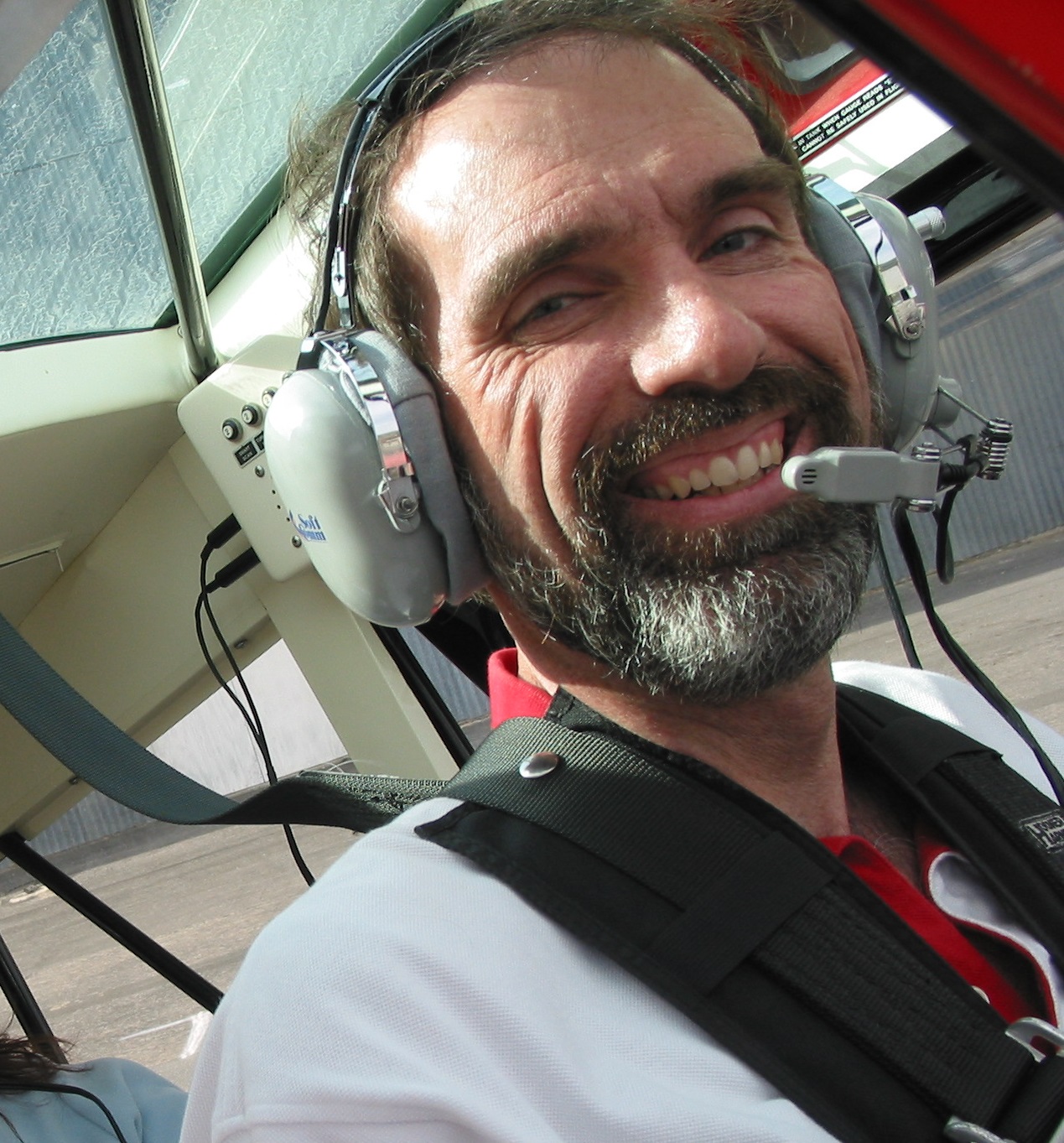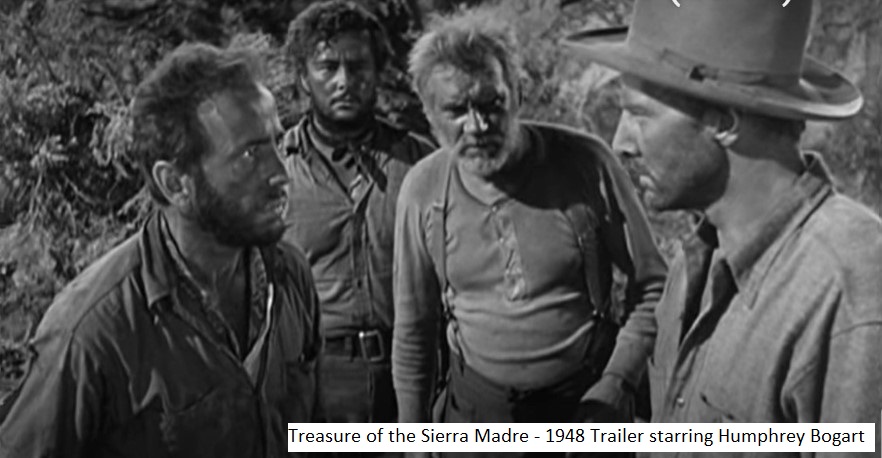Crazy! So many positive waves… Maybe we can’t lose!
By, Barrett Hines IAC 432116, IAC Rules Committee Chair

It’s been many years since I’ve seen the movie Kelly’s Heroes but I enjoyed it. In the film, as I remember, Clint Eastwood leads a motley band (typical of any contest) of aerobats deep into the competition box in the search of promised treasure. The widely-diverse group of pilots faced oddball Unknowns and blown-away box markers, but they kept their eyes glued on their sequence cards flight after flight. They even join up with their nemesis to make it work, and the movie concludes with all taking the gold. This wasn’t a crap game - Like us in the IAC, together they actively adjusted the rules to suit their goal. Please be part of that process!
Recall that last month I explained why we have IAC contest rules (to help us have fun!) and that your involvement is critical in making sure those rules serve the entire membership well. Bogart didn’t survive to the end of The Treasure of the Sierra Madre - I’ll now try to provide some insight into how your rules proposals can make it into next year’s rule book.
Let’s set the scene. The IAC established a Rules Program manage the rules for competitions. IAC Policy and Procedures Section 221 (aka P&P 221, available on the IAC website) provides overall direction for this activity. Some of the program’s effort involves making sure an updated book is published each year, as well as assisting other IAC programs regarding rules issues. Notably, the primary aspect of the Rules Program is to help the membership evolve the rules. Your ideas and proposals contain a much-broader spectrum of experience than the relative few of us on the committee can muster.
Per P&P 221 the Rules Program is administered by a Rules Committee. This is made up of a Chair approved by the IAC Board, the IAC President, a CIVA delegate, the Judges Program Chair, the Glider Aerobatics Chair and up to four other IAC members.
The purpose of the committee makeup is to provide broad representation into the rules process. The committee receives your proposals and subsequent member feedback on those submissions, then discusses each one in (sometimes minute) detail. We consider the impact of a proposal on other rules, how our contests are actually operated, safety, fairness to all competitors, etc. Our discussion often leads to amending the original proposal to improve clarity of intent or avoid conflict with other rules. In other cases, we identify other changes to other areas of the book that would be necessary for consistency. As designed, the individual committee members bring in varied viewpoints and suggestions. A consensus is ultimately formed and the committee makes its recommendations. These recommendations are presented to the IAC Board, which in turn makes the final decisions on whether to adopt, adopt with revisions, or reject each proposal.
Words matter when we want the rules to be clear to both pilots and judges. You will thus also see occasional editorial edits in the rules from one year to the next, but none of these is meant to change the intent of the rules. Some are simple typos, and others word swaps. We aim for consistency and clarity so that the rules are easily comprehensible in the same manner by any expected reader. One ideal we strive for is to help Contest Juries make decisions based on unambiguous rules book references. I say “ideal” because this is difficult to achieve when there are countless scenarios in the real world.
The changes by the board are incorporated along with any of these editorial changes into the rule book published at the beginning of each year.

When one of Clint’s Yak (they’re built like a tank) pilots remarks, “Why don't you dig how beautiful it is out here? Why don't you say something righteous and hopeful for a change?”. He has the same attitude we’re looking for in the mundane realm of aerobatic rules refinement. If something in the rules strikes you as odd, poorly stated, unsafe, unfair, or simply wrong, please speak up! If whatever is gnawing on you can be improved you should be happier, and if it benefits you it may provide positive waves with other competitors too. We all want happy competitors having fun. Some changes can be very small, i.e., just a word or two, and others quite significant in revising text and/or the intent of some aspect of the topic. It doesn’t matter – If you think a change is warranted, we want to hear about it.
As I mentioned, the IAC P&P 221 has a process for those suggestions. We need a synopsis of the change, what rule or rule numbers are affected, the changed (or added) text proposed, and some rationale as to why this change will be good. We also need your name, IAC number and a contact phone or email so we can discuss more if needed.
Section 1 of the Rules Book includes some guidance toward your proposals. The better you think through your proposal to form its suggested wording, the better the submission will be. Test it if possible. Run it by others to get their feedback. Keep the proposed rule succinct and clear. As appropriate, keep terminology consistent with the rest of the book. Make sure the suggestion is a rule, not simply guidance that belongs in other IAC documents or judges training. Check to see if your proposal interacts with other existing rules – If so, do those rules need to be adjusted too? Avoid examples, clarifications and figures because these are often duplicative, but if necessary, make sure they actually add value. Determine where in the book your rule best fits by thinking about how it impacts the understanding and interpretation of that section of the book. Lastly, consider how the proposal would be implemented at a typical contest staffed with volunteers and limited resources.
Perhaps the ultimate change proposal was the 2020 Rule Book update that completely revamped the presentation to eliminate duplication, reduce wordiness, remove background information and regrouping to aid accessibility. It was a “Just the rules, ma’am” approach undertaken due to the calls for improvement from our membership. Your suggestions do not have to be as broad (although we try to openly consider everything), but we’d like to maintain the simple, direct format if possible.
So, you’ve worked your proposal into the perfect text but you need to complete one more important item: Rationale. What you believe is obvious may not be to many others. Our club is made up of a varied group of people from all walks of life and different backgrounds, so you need to explain why this proposal should be adopted. Even sufficiently explained, some people may not initially agree with your premise so little salesmanship can help. One recent proposal included NOAA data to help make the case for adoption – Independent facts are always a great support. If applicable, find some type of data that supports your idea. Make sure your rationale also addresses any downsides that others may perceive. If you thought through your idea thoroughly as mentioned in the last paragraph, you likely considered negative implications as well. Mention these and state how they are not really an issue or are mitigated by other factors. You’ve put some effort in coming up with the proposal so anchor it with a great sales job. A good rationale is more important for proposals that drive rules in a much different direction then existing, but at the very least provide an explanation that other members, the Rules Committee and the IAC Board can follow.
Rule proposals are due by July 1st, so start working up any that you may have. Yes, we’ll take any that don’t meet the guidelines I mention but this can make it more difficult for the committee to understand and evaluate them appropriately. Email submissions to ruleschair@iac.org or submit online: https://www.iac.org/propose-rule-change. You too can be a bit of a hero to fellow members by helping massage the rules toward making the sport more fun for all. Put out those positive waves!
We Don’t Need No Stinkin’ Rules!
By, Barrett Hines IAC 432116, IAC Rules Committee Chair

In the classic film The Treasure of the Sierra Madre, Humphrey Bogart comes across some questionable-looking aerobatic folks at a desolate contest box and challenges them with “If you’re the IAC, where are your rules?” Their leader responds “Rules? We ain’t got no rules. We don’t need no rules! I don’t have to show you any stinkin’ rules!” Maybe my recollection of the actual dialog may be a bit off (apologies to John Huston), but in the story the relationship between the acro competitors subsequently goes downhill fast - Everybody loses out by the end of the movie.
The IAC has taken this cinematic lesson to heart and does indeed have rules for our contests. Let’s step back to better understand why this is really a good approach by asking the fundamental question: Why do we attend contests? Answer: To have fun! This is the bottom line for both competitors and volunteers, of which the more the merrier, otherwise we would be looking for enjoyment elsewhere.
To simplify things, we could just have Rule One: “All competitors, volunteers and other participants shall have fun”. That would result in an ideally-condensed rule book but doesn’t address the problem that every member has their own unique view on what “fun” involves. Pilots in general and aerobatic pilots in particular tend to have very specific thoughts on just about everything, including “fun”. The rules thus clarify a host of details, all aimed at making the sport enjoyable for ALL involved. Contests with detailed rules help bring us together over and over so we can each satisfy our own quest for fun.

I thus must admit that the title of this article is very mis-leading (you probably already guessed that). I’ll try to do better next time. Unlike the characters in the Bogie film, our contest rules help contest participants to bring home a little gold (whether or not that involves an actual trophy).
The rules we need break down the singular “have-a-blast” concept into workable pieces. They help lead us to that ideal of glee. Foremost of course is safety, since nobody is having fun if somebody gets hurt or an aircraft is damaged. Many rules are directly related to making sure our contests are conducted in a safe manner. Other rules make sure our playing doesn’t run afoul of legal, regulatory and liability issues – Everyone wants to stay clean there. However, the bulk of the rules are associated with making the contests fair for all participants. Fun is not being pushed aside when your performance merits more. Details on contest administration, operations, programs and judging establish a level playing field for everyone.
Alas, it’s still not quite that simple. We are unique individuals. All of us opinionated people have varied interpretations of words and phrases. Something “safe” or “fair” for one person is either too constraining or not enough for someone else. Since the IAC rules were first established back in 1970, many have evolved in their intent for this reason. Some have changed in one direction and then moved back or in entirely another manner. The revisions result due to a continuous attempt to find the perfect balance of sometimes-competing opinions and visions. Like society in general, the needs and desires of our little acro contest niche also adjusts to world influences. Whereas at any point in the past the rules might have been nearly ideal, that level will vary with the influx/outflux of members and their life experiences. Our rules will continue to evolve as long as we continue to compete.
Hence, after lots of words above, we get to the point of this entire article: Please, please help to keep the IAC rules relevant toward making contests fun for you! What do you see as unsafe, difficult to implement or not fair to all? We want to understand that so we can make rules adjustments that benefit the whole of our members. The goal is to get as close to Rule One (have fun!) as we can.
Next month I’ll go through how rule change proposals are solicited, reviewed and dispositioned. It’s pretty straightforward but all should understand the workings. Further, I’ll delve into how to create and “sell” your proposals to help them through the process so they achieve incorporation into the book. If you want a head start, much of this is listed (without the mis-quoted movie references) in Section 1 of the 2021 IAC Contest Rules.
DEADLINE for Rule Change Proposal submission is July 1, 2021. If you're planning to propose a rules change, the best way to do so is to go to this address: https://www.iac.org/propose-rule-change, fill out the form, and hit "Submit". IAC member login is required.

